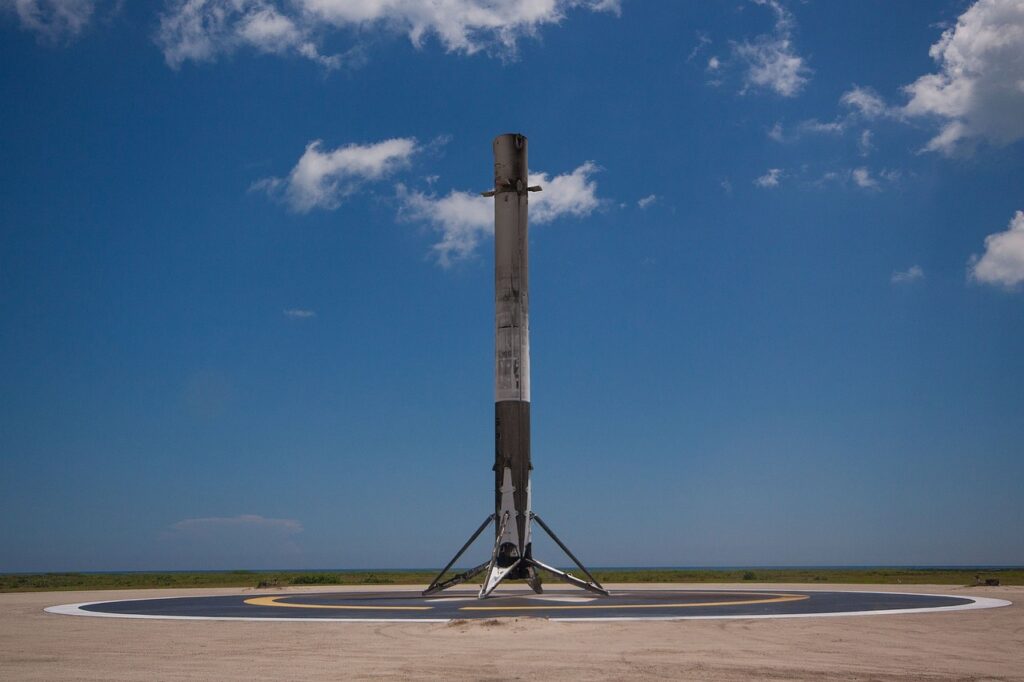The Future of Autonomous Ships Is Here
The Future of Autonomous Ships – >Sailing Forward Without Captains or Crews
Imagine a ship moving across the ocean with no one on board. The Future of Autonomous Ships is important because No captain steering the wheel. No crew working below deck. This is not a scene from a movie. It is real. Autonomous ships are changing how we move goods, protect borders, and explore the seas. These self-driving boats use technology like robots, sensors, and artificial intelligence (AI) to sail safely. This article explores how these ships work, why they matter, and what their future looks like. From delivering packages to military missions, the world of shipping is evolving. Let’s dive in.
How Do Autonomous Ships Work
Autonomous ships are like giant robots on water. They use advanced tools to navigate and make decisions.
Eyes and Ears of the Ship
Autonomous ships are packed with sensors. These sensors act like their eyes and ears. Cameras watch for other boats. Radars detect obstacles. GPS systems track location. Sonar maps the seafloor. Together, these tools help the ship “see” its surroundings. AI software processes this data to steer the ship. For example, if a storm appears, the ship might change its route. If another boat is nearby, it slows down.
The Brain Behind the Boat
The ship’s “brain” is a mix of AI and powerful computers. The AI uses rules written by engineers to make choices. It learns from past trips to avoid mistakes. Some ships are fully autonomous, needing no human help. Others are remote-controlled, like a drone. A person on land can take over if needed. This mix of human and machine makes sailing safer.
- Sensors: Cameras, radar, GPS, and sonar.
- AI Software: Makes real-time decisions.
- Connectivity: Satellite links for updates and control.
Why Are Autonomous Ships Important
Self-driving ships solve big problems in shipping and security.
Saving Time and Money
Ships with no crews save companies money. No salaries for sailors. No need for kitchens or beds on board. Smaller ships can carry more cargo. Trips become faster because AI finds the quickest routes. For example, Rolls-Royce tested a remote-controlled ship that used 15% less fuel. Less fuel means lower costs and less pollution. Companies like Maersk are already testing these ships.
Safety on the Seas
Most ship accidents happen because of human error. Tired crews make mistakes. Autonomous ships don’t get tired. They follow rules strictly. Sensors work day and night. AI avoids risky areas. This makes shipping safer for everyone.
Military groups also use autonomous ships. They can patrol borders without risking lives. Learn more in our article about The Role of Shipping and Transportation in Modern Military Operations.
Challenges Facing Autonomous Ships
Even with great benefits, self-driving ships face hurdles.
Laws and Rules
International laws were made for crewed ships. Who is responsible if an autonomous ship crashes? Countries are still debating. The International Maritime Organization is creating new rules. But progress is slow. Companies can’t wait forever. Some are testing ships in “law-free” zones like Norway’s fjords.
Hackers and Breakdowns
Autonomous ships rely on technology. Hackers could take control. A broken sensor might misread the sea. Engineers work hard to fix these risks. Backup systems and strong cyber security are vital. For remote areas, like the Arctic, repairs are hard. Check out our guide to Challenges of Supplying Military Bases in Remote Locations to learn more.
Military Uses of Autonomous Ships
Armies see huge potential in self-driving ships.
Spying and Surveillance
Small autonomous boats can watch enemy coasts. They carry cameras and microphones. Data goes straight to military bases. No soldiers are put in danger. The U.S. Navy’s Sea Hunter is a famous example. It tracks submarines for months without stopping.
Delivering Supplies
Autonomous ships carry food, fuel, and weapons to troops. They work in storms or war zones. This keeps human sailors safe. Read about how this fits into Technology in Military Logistics: Tracking, Shipping, and Automation.
Autonomous Ships and the Environment
Green technology is a big part of self-driving ships.
Cleaner Fuel and Less Waste
Many autonomous ships use electric engines or clean fuels like hydrogen. They produce less smoke and oil spills. AI also plans smoother trips that use less energy. For example, the Yara Birkeland, an autonomous cargo ship in Norway, cuts 1,000 tons of CO2 yearly.
Protecting Marine Life
Quieter engines don’t disturb whales and dolphins. Sensors can detect marine animals and avoid them. This helps protect ocean ecosystems.
What People Think About Autonomous Ships
Not everyone is excited about crewless ships.
Fear of Job Losses
Millions work in shipping. Autonomous ships could replace many jobs. Captains, engineers, and cooks might lose work. Companies say new jobs in tech and control centers will balance this. Training programs are needed to help workers adapt.
Trusting the Technology
People worry about safety. Can machines handle emergencies like pirates or hurricanes? Experts say yes, but accidents like the Ever Given blockage show the risks. Time will tell if robots earn public trust.
Conclusions
In conclusion, The Future of Autonomous Ships is an important topic.
Autonomous ships are not a dream. They are here. They promise faster, cheaper, and safer shipping. They help armies protect nations and scientists study oceans. But challenges like laws, hackers, and job losses must be solved. With smart planning, these ships can make the seas cleaner and trade stronger. The future of shipping is exciting—and it sails without a crew.


